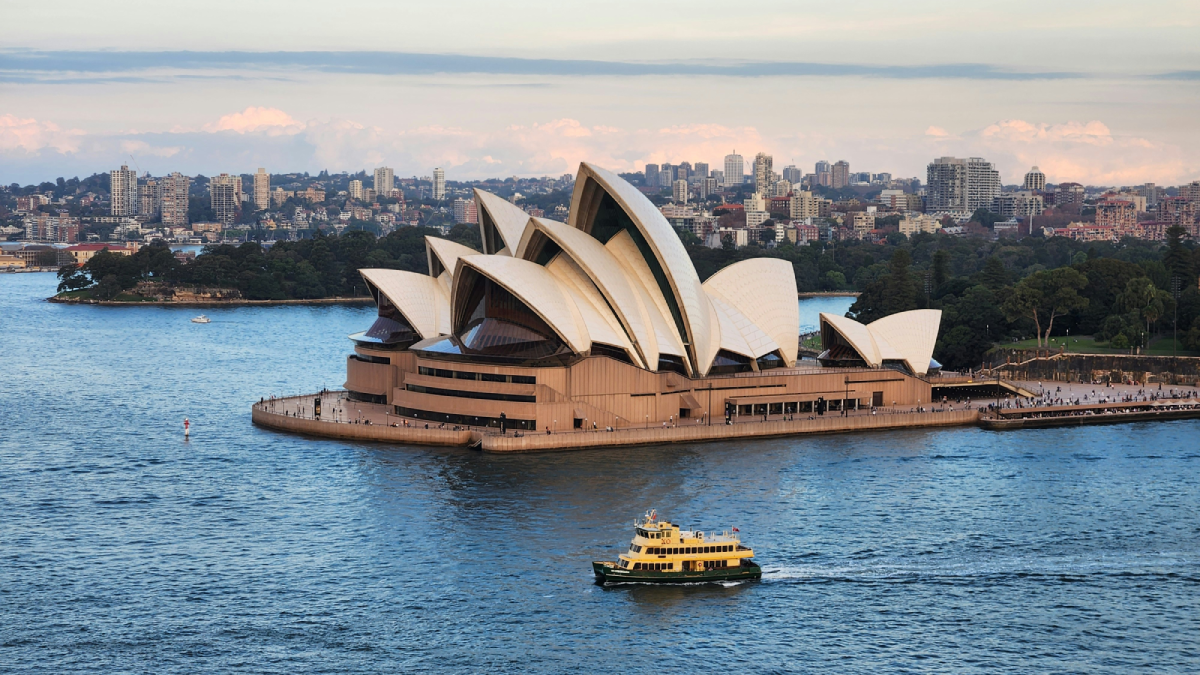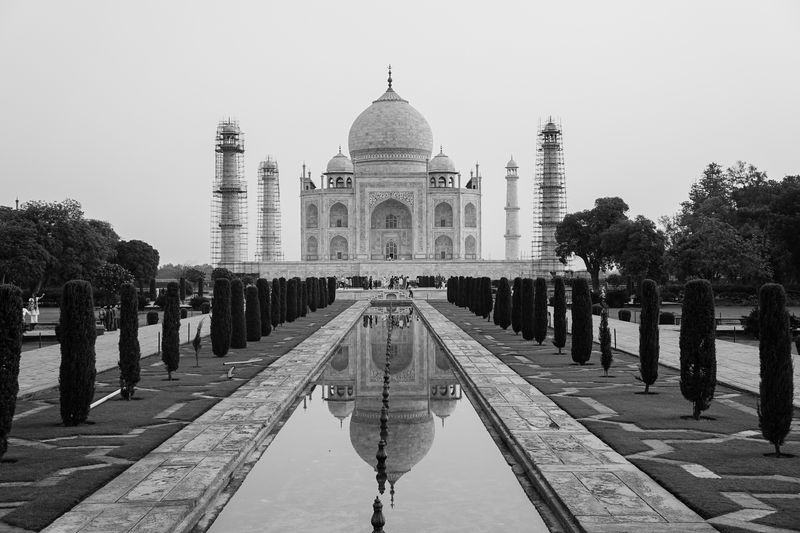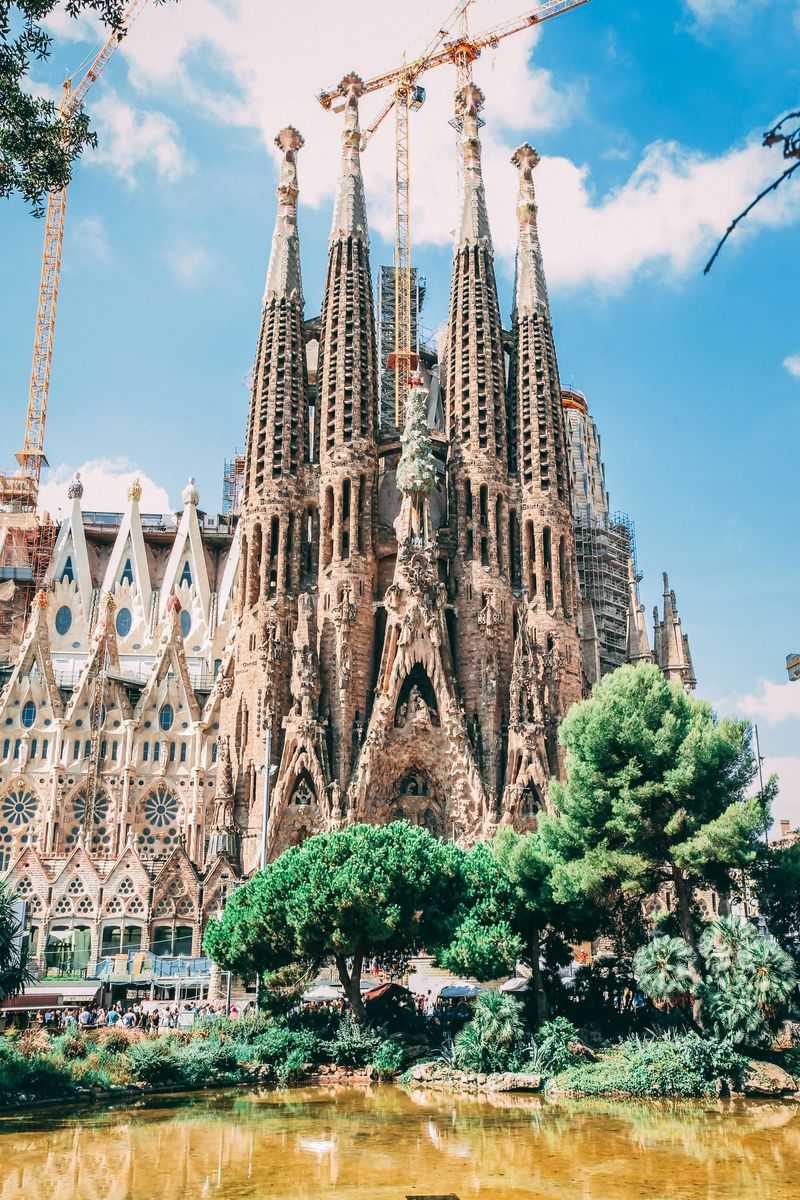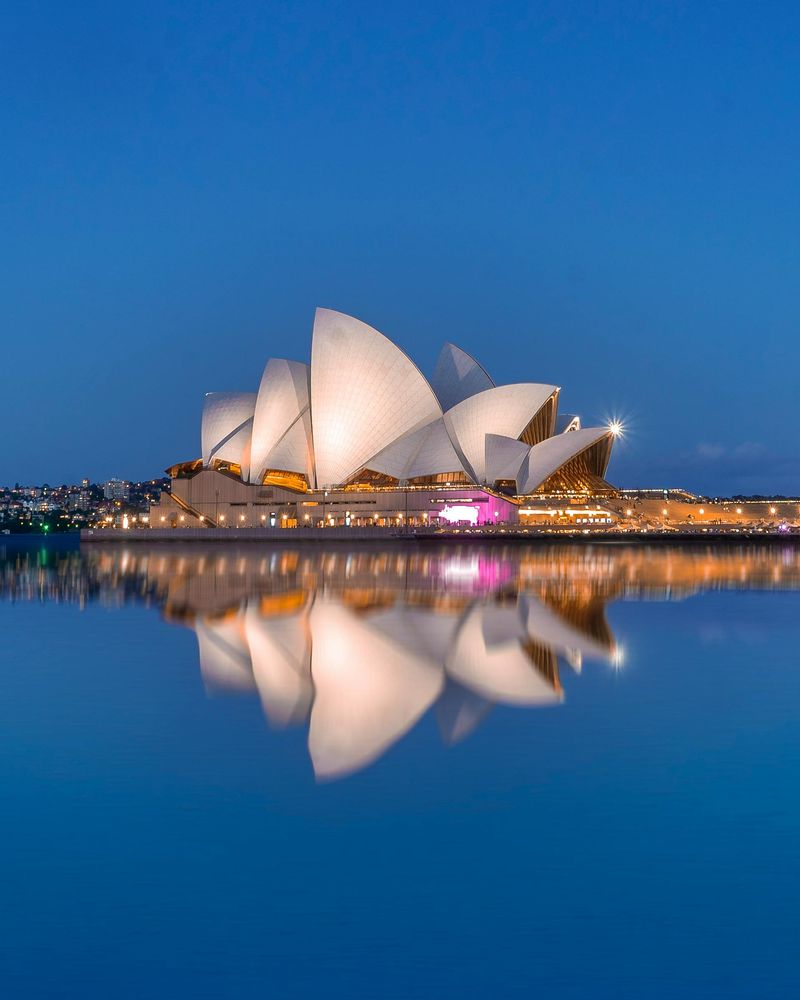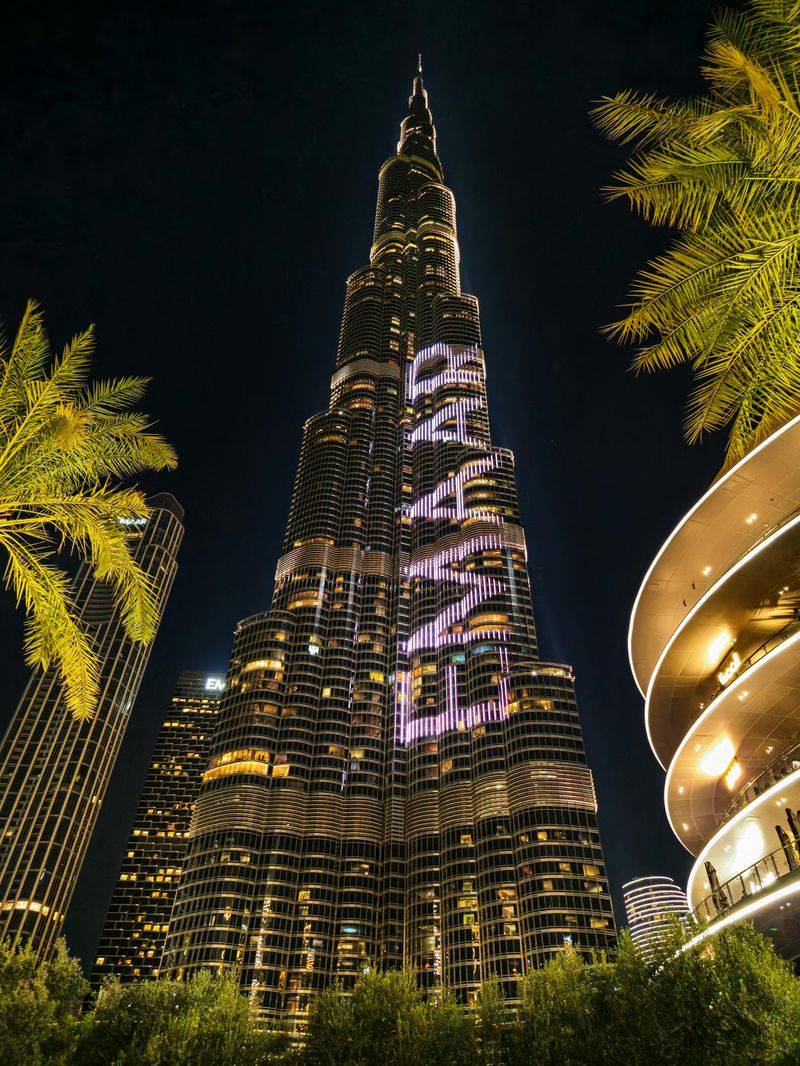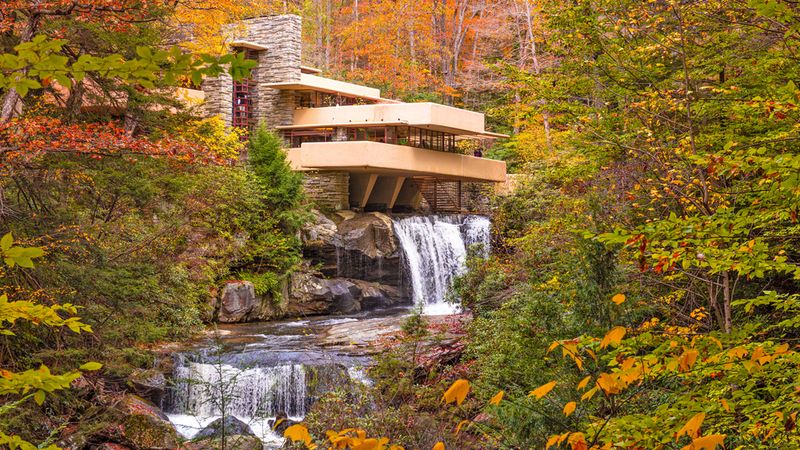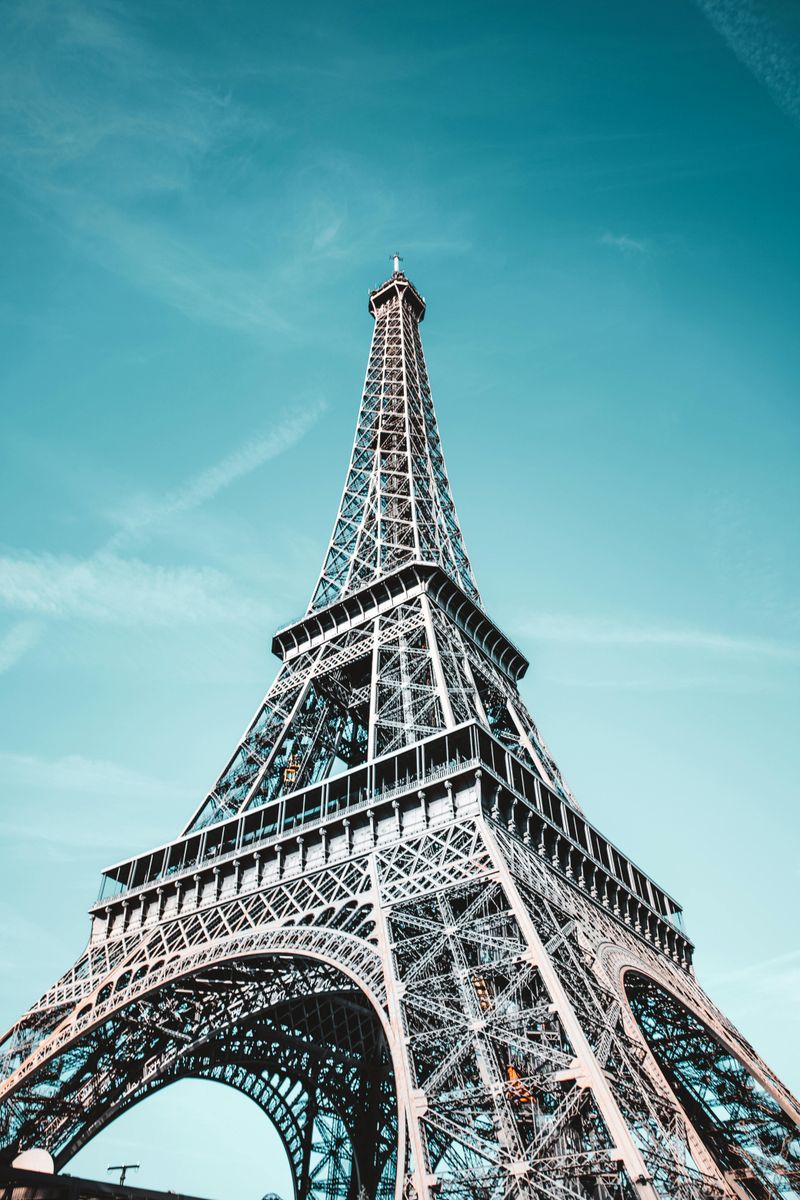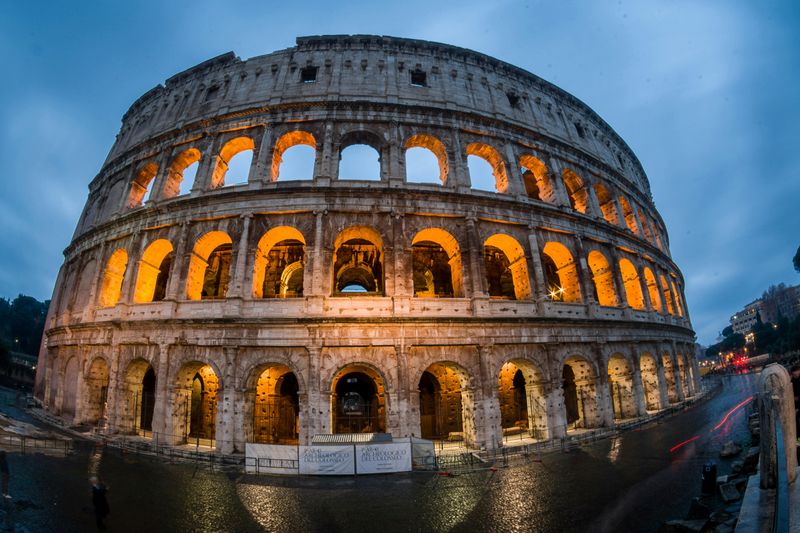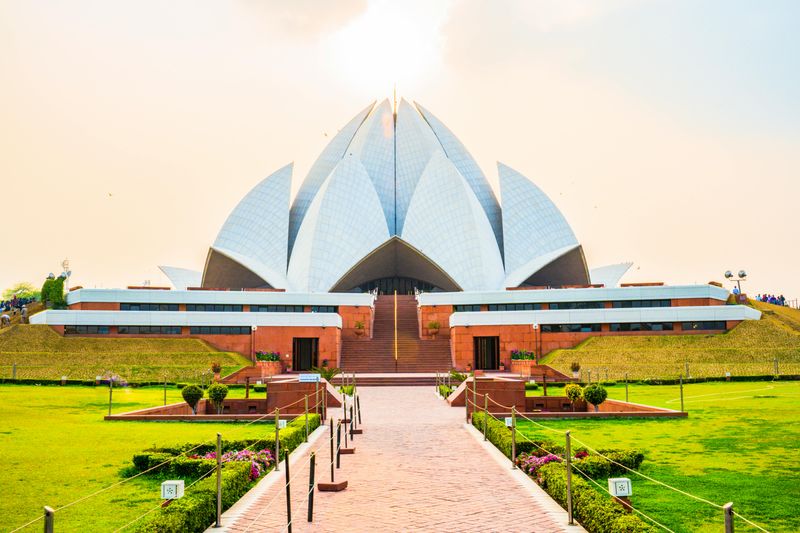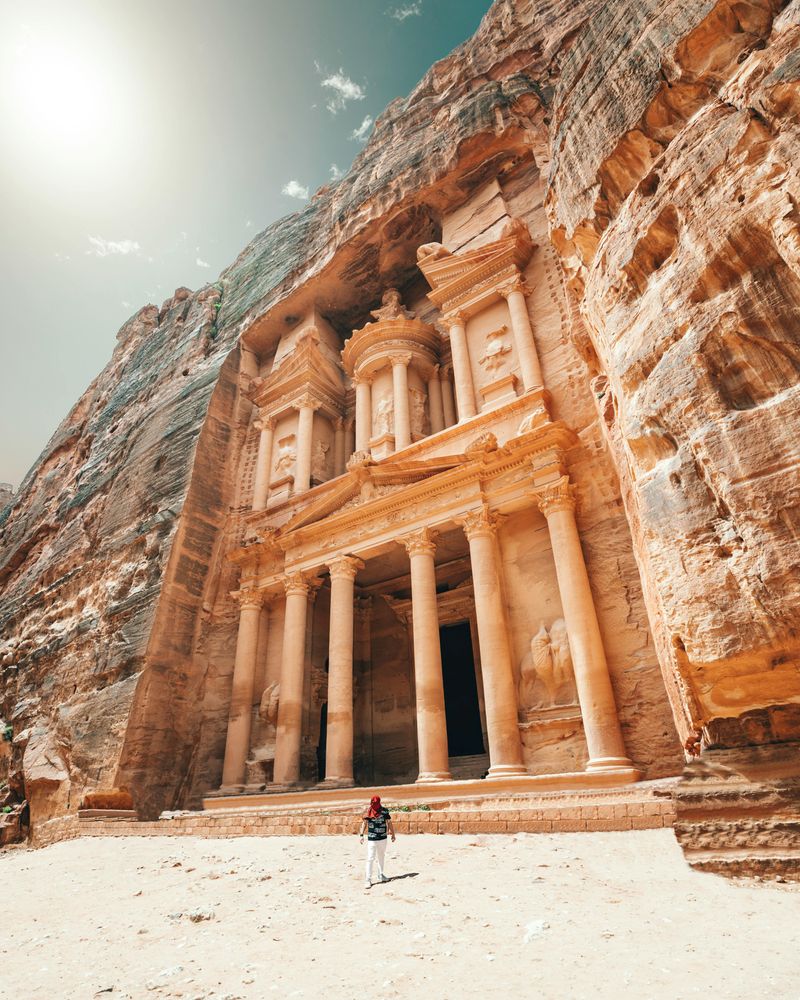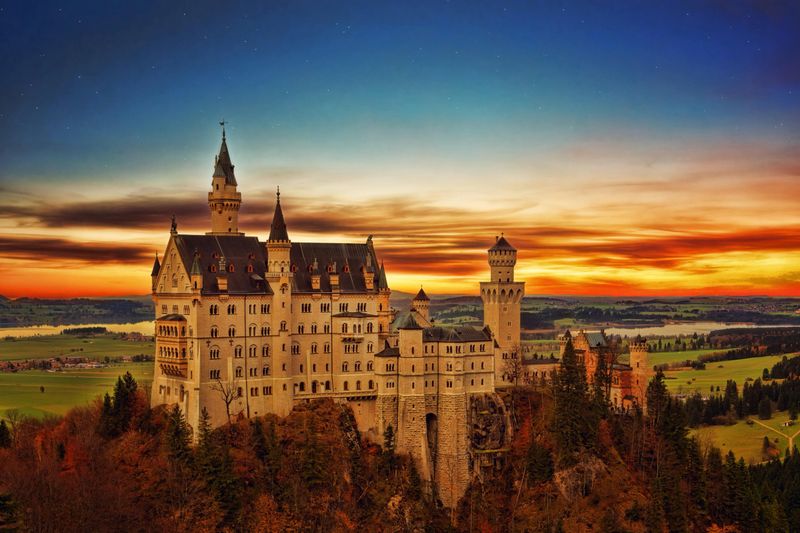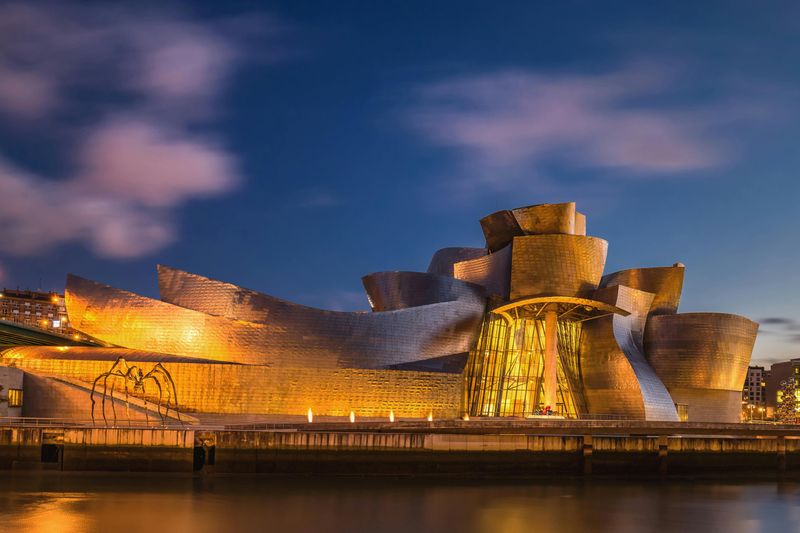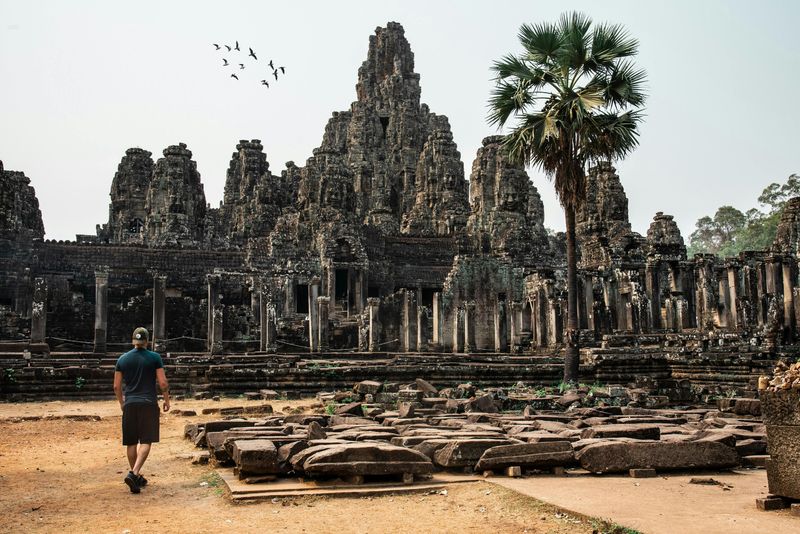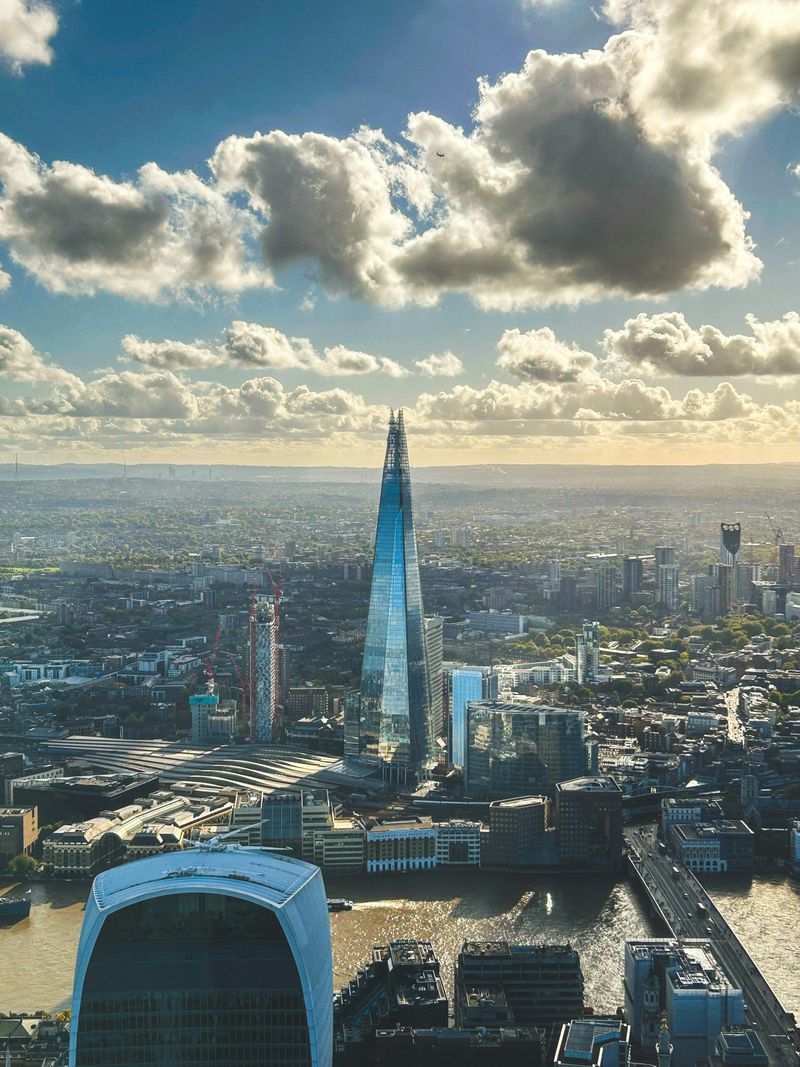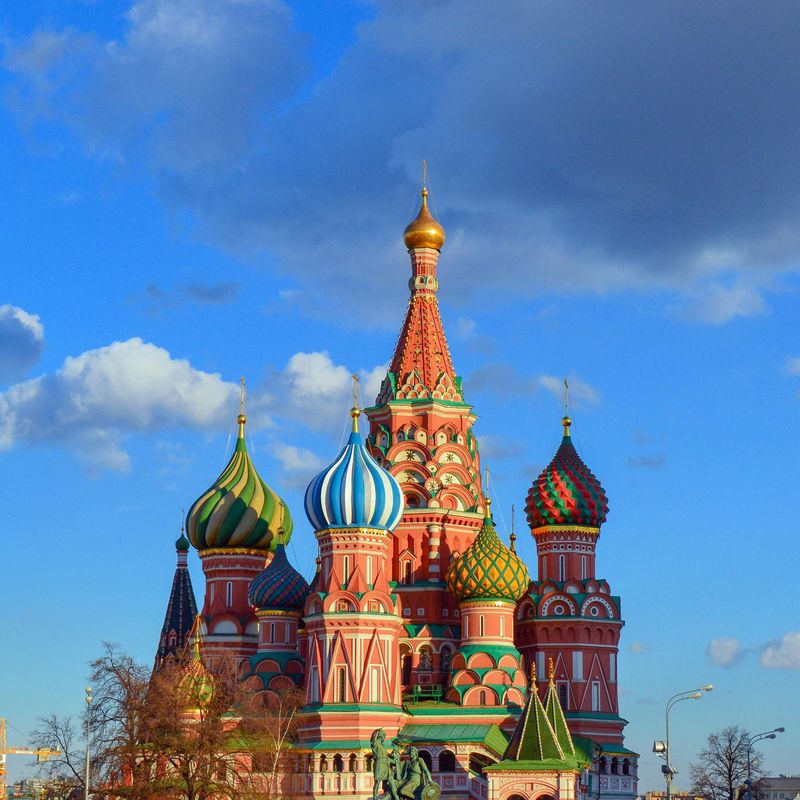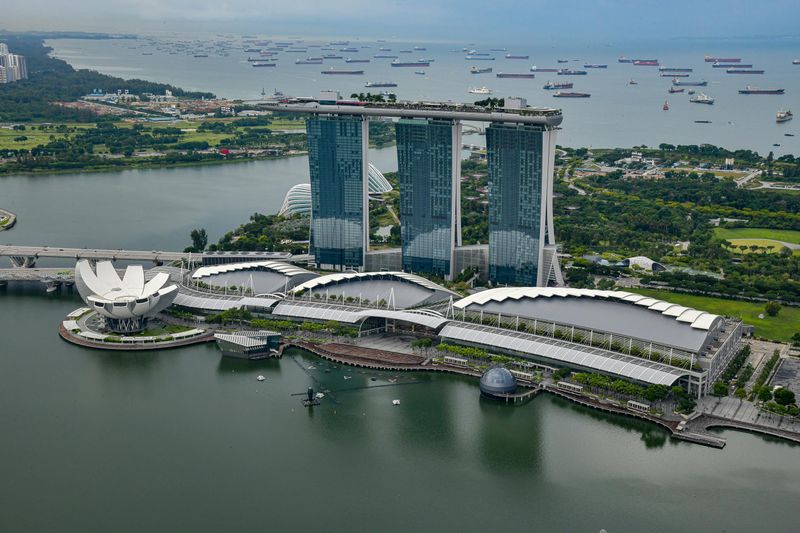Buildings can tell amazing stories through their design and history. From ancient temples to modern skyscrapers, architectural masterpieces showcase human creativity and engineering brilliance. These remarkable structures not only define city skylines but also reflect the cultural values and technological achievements of their time.
1. Taj Mahal (India)
Emperor Shah Jahan’s monument to eternal love stands as a breathtaking marble symphony on the banks of the Yamuna River. Completed in 1643, this mausoleum for his beloved wife Mumtaz Mahal combines Persian, Islamic, and Indian architectural styles.
The perfectly symmetrical structure changes appearance throughout the day as sunlight plays across its white marble surface. Its intricate inlay work featuring semi-precious stones creates floral patterns that seem almost impossibly detailed.
Four identical facades and a magnificent central dome create a sense of perfect harmony that has captivated visitors for centuries.
2. Sagrada Família (Spain)
Antoni Gaudí’s unfinished masterpiece has been under construction since 1882, with completion expected around 2026. The Barcelona basilica’s organic forms and nature-inspired elements create an otherworldly forest of stone inside, where columns branch like trees supporting the ceiling.
The exterior facades tell Biblical stories through elaborate sculptural scenes that reward close inspection. Despite being incomplete, it attracts millions of visitors annually who marvel at Gaudí’s revolutionary vision that blends Gothic traditions with his unique modernist approach.
3. Sydney Opera House (Australia)
Rising from Sydney Harbour like a fleet of sail-shaped shells, this performing arts center revolutionized 20th-century architecture. Danish architect Jørn Utzon won an international competition with his visionary design, though he resigned before seeing it completed in 1973.
The building’s signature white ceramic tile shells required innovative engineering solutions and a complete redesign of the roof system. More than one million tiles cover the surface, creating a mesmerizing pattern that changes with the light.
4. Burj Khalifa (UAE)
Scraping the sky at an astonishing 828 meters, this neo-futurist skyscraper redefined what buildings could achieve. Completed in 2010, the tower’s design draws inspiration from a desert flower, with a Y-shaped floor plan that maximizes views while providing structural stability.
Over 26,000 glass panels clad the exterior, reflecting the harsh desert sun while offering breathtaking views from the observation decks. The building houses residences, offices, restaurants, and the Armani Hotel, creating a vertical city within its slender frame.
Its construction required numerous engineering innovations, including a special concrete mixture that could be pumped to unprecedented heights.
5. Fallingwater (USA)
Frank Lloyd Wright’s masterpiece seems to grow organically from the Pennsylvania forest and waterfall that inspired it. Built in 1939 as a weekend home for the Kaufmann family, the house embodies Wright’s philosophy of organic architecture through its seamless integration with nature.
Bold concrete cantilevers extend dramatically over Bear Run stream, creating living spaces that hover above the rushing water. Natural materials like local sandstone blend with modern elements, while large windows dissolve the boundary between inside and outside.
6. Eiffel Tower (France)
Originally built as a temporary exhibition structure for the 1889 World’s Fair, this iron lattice tower defied critics to become Paris’s defining landmark. Engineer Gustave Eiffel’s revolutionary design used principles of wind resistance to create a structure that was both incredibly strong and visually light.
Standing 324 meters tall, it remained the world’s tallest man-made structure for 41 years. The tower’s seemingly delicate ironwork actually contains 18,000 pieces joined by 2.5 million rivets, all precisely calculated to withstand wind forces.
From its initial controversy to becoming a beloved symbol of France, the tower represents how radical design can transform public opinion over time.
7. The Colosseum (Italy)
Ancient Rome’s engineering marvel has withstood earthquakes, stone thieves, and nearly 2,000 years of history. Completed around 80 CE, this massive amphitheater could seat 50,000 spectators for gladiatorial contests and public spectacles.
Its innovative design included numbered entrances and an efficient crowd management system that allowed the venue to fill or empty in just 15 minutes. The complex underground hypogeum housed animals and stage machinery, while a retractable awning protected spectators from sun and rain.
Despite losing much of its original stone to later construction projects, the remaining structure continues to awe visitors with its scale and sophisticated design solutions.
8. Lotus Temple (India)
Floating like a giant blossom on the Delhi landscape, this Bahá’í House of Worship welcomes people of all faiths through its nine doorways. Completed in 1986, architect Fariborz Sahba’s design features 27 marble-clad petals arranged in clusters of three to form nine sides.
The structure sits amid nine reflecting pools and lush gardens, enhancing its flower-like appearance. Inside, natural light floods through the central opening, creating a serene atmosphere for prayer and meditation.
9. Petra’s Treasury (Jordan)
Carved directly into rose-colored sandstone cliffs around 2,000 years ago, this ancient Nabataean masterpiece reveals itself dramatically at the end of a narrow gorge. The Treasury’s Greek-influenced façade features intricate columns, statues, and decorative elements that showcase remarkable precision despite being carved from solid rock.
Contrary to its name, the structure likely served as a royal tomb or temple rather than storing valuables. Rediscovered by Western explorers in 1812, this architectural wonder demonstrates how ancient civilizations could transform natural landscapes into monumental art.
10. Neuschwanstein Castle (Germany)
Rising from misty Bavarian mountains like something from a storybook, this 19th-century fantasy castle embodies Romantic idealism. King Ludwig II commissioned the castle as a personal retreat and homage to composer Richard Wagner, whose operas inspired many of the interior themes.
The castle’s soaring towers, picturesque setting, and lavish interiors made it the perfect model for Disney’s Sleeping Beauty Castle. Though it appears medieval, the structure incorporated modern conveniences for its time, including central heating, running water, and telephone lines.
Ironically, Ludwig only spent 11 nights in his dream castle before his mysterious death in 1886, leaving parts of the interior forever unfinished.
11. Guggenheim Museum Bilbao (Spain)
Frank Gehry’s titanium masterpiece transformed a declining industrial city into a global cultural destination overnight. Completed in 1997, the museum’s shimmering, curved surfaces appear to change form depending on viewing angle and weather conditions.
Computer modeling software originally developed for aerospace design made the seemingly random, flowing forms structurally possible. The titanium panels are just 0.38mm thick – about the thickness of a credit card – yet create a durable, weather-resistant skin that captures and reflects the changing Basque light.
The museum sparked the term “Bilbao Effect,” describing how iconic architecture can revitalize entire cities and regions through cultural tourism.
12. Angkor Wat (Cambodia)
Rising from the Cambodian jungle like a stone mountain, this 12th-century temple complex represents the pinnacle of Khmer architecture. Originally built as a Hindu temple dedicated to Vishnu, it later transformed into a Buddhist site, showing how architecture can adapt to cultural changes.
The main temple’s five lotus-shaped towers symbolize Mount Meru, the mythical home of Hindu gods. Nearly every surface features intricate stone carvings – over 3,000 apsara (celestial nymphs) and extensive bas-reliefs depicting historical events and religious stories.
13. The Shard (UK)
Piercing London’s historic skyline like a crystalline splinter, this 95-story tower redefines the city’s vertical landscape. Architect Renzo Piano designed the building as a spire-like form inspired by church steeples and ship masts from London’s maritime history.
Completed in 2012, the structure features 11,000 glass panels that reflect the changing sky, making the building seem to disappear in certain weather conditions. The angled glass facades serve a practical purpose too – they deflect downward sun rays, reducing heat gain and energy consumption.
Housing offices, restaurants, a hotel, apartments, and viewing galleries, The Shard represents a vertical city within a single, elegant form.
14. Saint Basil’s Cathedral (Russia)
Moscow’s Red Square wouldn’t be the same without this candy-colored fantasy of onion domes and patterned facades. Built between 1555 and 1561 on orders from Ivan the Terrible, the cathedral commemorates Russia’s victory over Tatar forces at Kazan.
The structure consists of nine chapels built on a single foundation, each topped with a distinctive, brightly colored dome. Legend claims Ivan blinded the architects to prevent them from creating anything as beautiful again, though historians doubt this tale.
Originally white with gold domes, the vibrant colors were added in stages during the 17th century, creating the fantastical appearance that has made it Russia’s most recognizable architectural icon.
15. Marina Bay Sands (Singapore)
Three soaring hotel towers support what appears to be an impossible structure – a 340-meter-long rooftop “sky park” that seems to float above Singapore’s skyline. Designed by architect Moshe Safdie and completed in 2010, this integrated resort redefines what’s possible in building design.
The dramatic cantilever extends 67 meters beyond the last support tower, creating engineering challenges that required innovative solutions. The rooftop features gardens, restaurants, and the world’s highest infinity pool, offering swimmers the illusion of being at the edge of the world.
